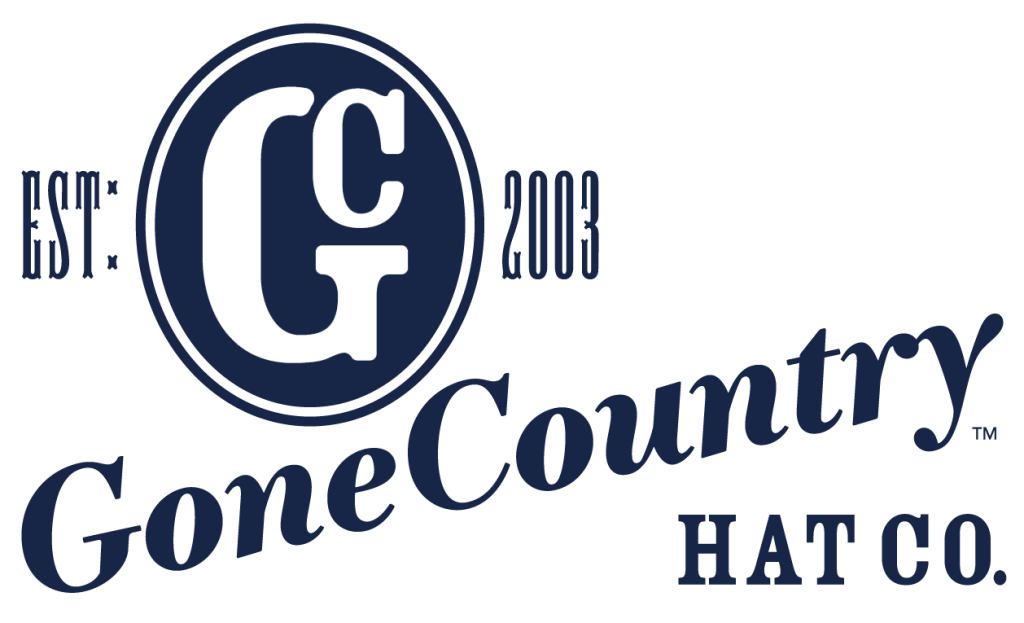

Website Strategy with Purpose
We first determine what your website needs to do. Do you have a new product or service that requires trust building? Do you have a straight forward product that simply needs to be put on display with text that sets it apart? Do you have a wide ratio of services and need an effective layout that directs customers to different pages based on need? Through thousands of hours of experience, we know how to direct the project for great user experience and conversions.




We use industry standard tracking tools to gage different levels of success on all services that we offer, using the information collected to improve all current and future campaigns. We take our mission statement “Never Stop Innovating” very seriously. Our knowledge is the result of hundreds of recorded A/B testing results across over 60 industries.
and Strong Infrastructure
 Play Video
Play Video
We live and breathe website development and enjoy collaborating with our clients to make their vision become reality while also guiding the project along to meet all goals set during our initial consultation.
- Images: PNG / JPEG
- Video: MP4 / YouTube URL
- Database: Excel / Sheets
- Copy: PDF / Doc
- Custom Design: PSD (if your are providing)
- Define Target Audience/Set Goals and Objectives
- Sitemap Verification
- Make Branding Rules (color/font)
- Template Decisions (2-3)
- Establish Points of Contact/Timeline






















Please feel free to Call, Text, Email, or use the Contact Form to the right to get in contact with us. We appreciate your time and look forward to familiarizing ourselves with your business needs!
Phone:
Email:
